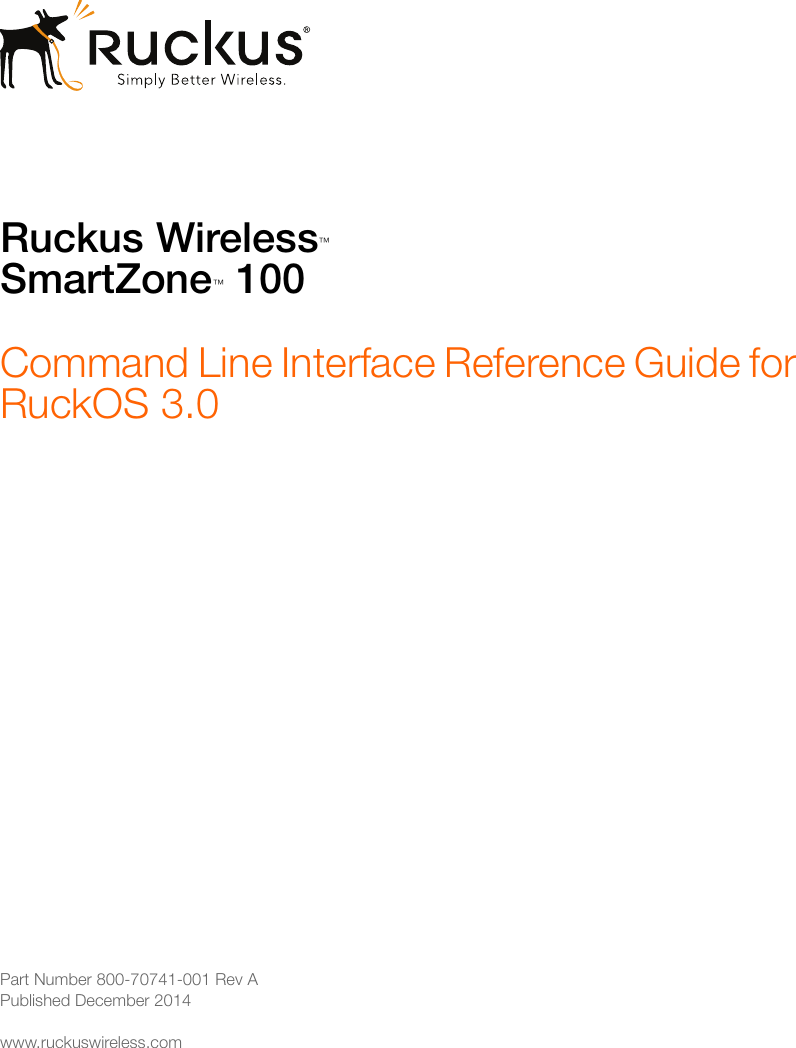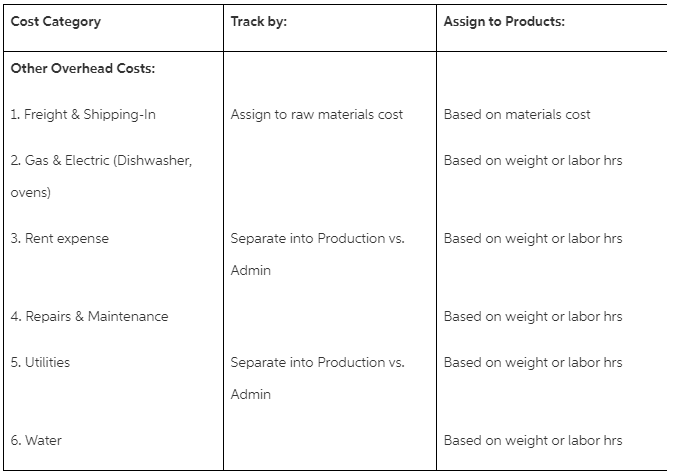Our employee time clock calculator automatically does time clock conversion from hours and minutes to decimal time. It can also calculate military time for payroll with the 24 hour military time clock setting. You can specify how you want to round decimal hours in the calculator settings. Minutes to Decimal Hours In this post, I am going to show you how to create a formula to convert time duration into tenths of an hour using Excel. The most likely reason you might need this is for reporting payroll hours worked.
Our organization defines the conversion of minutes to decimal hours in Appendix C – Leaves / Absence Reporting. Another common type of decimal time is decimal hours. In 1896, Henri de Sarrauton of the Oran Geographical Society proposed dividing the 24 hours of the day each into 100 decimal minutes, and each minute into 100 decimal seconds. Although endorsed by the Bureau des Longitudes, this proposal failed, but using decimal fractions of an hour to represent the time of day instead of minutes has become common.
Additions and subtractions for time done on a calculator without converting minutes to tenths or hundredths causes confusion when verifying or calculating employee hours. Without converting the minutes to hundredths, the caluclations can be off because an hour contains 60 minutes and regular calculations done on a calculator are displayed in units of 100. Here are short and long conversion charts for minutes to decimal hours which can help people who are entering hours in hours and minutes. A great way to track employee hours and convert minutes to decimals is by using payroll software.
It would be very desirable that all divisions, for example of the livre, the sou, the toise, the day, the hour, etc. would be from tens into tens. Further, the new tierce would be divided into 1000 quatierces, which he called "microscopic points of time". He also suggested a week of 10 days and dividing the year into 10 "solar months". Payroll administrators can calculate employee time card hours and minutes worked per week or pay period.
Print out or email time card reports to save or share. Instead, you need to follow certain steps for converting the minutes to a decimal. Keep reading to find out the correct way to convert minutes for payroll. Say your employee worked 10 hours and 13 minutes.
You multiply 10.13 by their hourly rate to get their gross wage. This is the incorrect way to convert minutes for payroll. I can not find a formula to convert hours and minutes into hours and tenths. Virtual TimeClock is powerful, easy-to-use employee time and attendance software. Virtual TimeClock provides several options for time roundingwhich are applied automatically before totaling hours for payroll.
For more information about Virtual TimeClock, drop us a noteor get started with a free trial with no obligation. For example, decimal days divide the day into 10 equal parts, and decimal years divide the year into 10 equal parts. Decimals are easier to plot than both minutes and seconds, which uses the sexagesimal numbering system, hours, months and days, which has irregular month lengths. In astronomy, the so-called Julian day uses decimal days centered on Greenwich noon. If you plan to convert minutes yourself, be sure to use the three steps above and take advantage of the payroll conversion chart.
To calculate actual hours worked, you need the total hours and minutes for each employee for the pay period. Read on to learn all about converting minutes for payroll, including payroll conversion steps to follow and methods for tracking converted minutes. If you want to pay hourly employees for partial hours worked, you need to learn how to convert minutes for payroll.
We encounter ideas related to fractions, decimals, ratios and percents on a daily basis. Tenth hour rounding rounds employee start and stop times to the nearest 1/10th of an hour. The chart below shows an example of how start times are rounded using tenth hour rounding during the hour of 8 o'clock. There's a right way and a wrong way to convert minutes for payroll. If you're not converting minutes, you might be overpaying and underpaying employees. We know that each place in the place value table has a value ten times the value of the next place on its right.
In other words, the value of a place is one-tenth of the value of the next place on its left. Refer to the chart when you figure your timesheet entries. Use whole numbers for hours and tenths of hours for minutes. For example, if you spent four-and-one-half hours on a task, enter 4.5 on your timesheet. If you spent 24 minutes on a task, enter 0.4 on your timesheet. When filling out a timesheet for your work hours, you might find your company requires all working hours to be marked in tenths of an hour.
This means you must write "8.8" instead of 8 3/4 hours, for example. Calculating time in tenths is quite straightforward and can be easily memorized if necessary. When converting to tenths, you are basically taking the number of minutes past the hour and turning it into a decimal point. If you need a way to convert minutes for payroll, you have a few options. You can use a spreadsheet, utilize payroll software, or convert minutes by hand. Use the three steps below to convert minutes for payroll.
If you're calculating employee pay, you need to know how to convert payroll hours. If you don't convert minutes, it can cause a lot of payroll problems down the road. The previous module showed how percents are hundredths and as such are another way of representing rational numbers. However, learning with relation to percent cannot be limited to this understanding, but must also be linked with proportional reasoning as well as decimals and fractions.
The learning activities in the previous two modules focussed on numbers represented as fractions , decimals and ratios. This module focuses on percents, another way of representing rational numbers. Time rounding allows employees to clock in within a few minutes of their shift start or stop time and not be counted early or late for payroll. Rounding also helps employers prevent small amounts of overtime from adding up to count for daily or weekly overtime during payroll calculations. Some decimal time proposals are based upon alternate units of metric time. Just as standard time uses the metric time unit of the second as its basis, proposed decimal time scales may use alternative metric units.
The Toulouse Chamber of Commerce adopted a resolution supporting his proposal in April 1897. Although widely published, the proposal received little backing. We also have a time card calculator that allows you to enter an entire week of in and out times.
It then auto calculates the hours, including lunch and overtime. Of if you want to completely automate time, check out employee time tracking by OnTheClock. The following formula is used to convert minutes into tenths of an hour. From the people at Calculator Soup, this free time card calculator keeps track of work hours, breaks and pay on a daily, weekly or monthly basis. It allows multiple breaks per day and can auto-deduct breaks from your total hours worked.
Software calculates and converts for you so you don't have to worry about doing it yourself. Plus, most payroll software can integrate with time and attendance software to automatically import employee hours. After you convert your employee's time, you can calculate how much you need to pay your employee. To find your employee's gross pay, multiply their wage rate by their time in decimal time. Next, add the converted minutes to your total hours. Your employee worked 41 hours and 7 minutes this week.
To calculate total hours worked, add up the total hours. Add the total minutes together separately from the hours. This time the three different representations of rational numbers, fractions, decimals and percents, have been placed on a blank number line.
The below figure is divided into ten equal parts and six parts are shaded. The shaded parts represent six-tenths of the whole figure. $\frac$ is also written as 0.6 which is read as " point six " or " decimal six ". The below figure is divided into ten equal parts and three parts are shaded. The shaded parts represent three-tenths of the whole figure. $\frac$ is also written as 0.3 which is read as " point three " or " decimal three ".
What Are Tenths Of An Hour The time in hours is equal to the time in seconds divided by 3,600. Since there are 3,600 seconds in one hour, that's the conversion ratio used in the formula. In principle, time spans greater than one second may be given in units such as kiloseconds , megaseconds , gigaseconds , and so on. Occasionally, these units can be found in technical literature, but traditional units like minutes, hours, days and years are much more common, and are accepted for use with SI. The plan did not gain acceptance and was abandoned in 1900. Converting minutes to decimals for payroll is simple.
All you need to do is divide your minutes by 60. Before you begin converting minutes, determine whether to use actual hours worked or to round hours to the nearest quarter. In the decimal system the decimal point separates the ones place from the tenths place. The system of decimal numbers is an extension of the system of whole numbers .
Whole numbers are written as digits that correspond to the 'places' ones, ten, hundreds and so on. Positive numbers less than one can be written using the same notation with additional places to the right of the decimal point, such as tenths, hundredths, thousandths and so on. It is divided into ten equal parts and one part is shaded. The shaded part represents one-tenth of the whole figure. $\frac$ is also written as 0.1 which is read as " point one " or " decimal one ".
If the supervisor name is changed to a different individual for two consecutive pay periods, that individual will become the new default and continue to receive time records. Ask your project manager, your supervisor or your client if there is a policy about rounding time up or down to the nearest one-tenth of an hour. If a time-rounding policy exists, follow the policy. For example, if you spent 35 minutes on a task, round up and enter 0.6, or 36 minutes, on your timesheet. If you spent 25 minutes on a task, round down and enter 0.4, or 24 minutes, on your timesheet.
In this post, I am going to show you how to create a formula to convert time duration into tenths of an hour using Excel. Enter the total time in minutes into the calculator to determine the number of tenths of an hour. Mark your timesheet with the decimal version of your work hours. Our example becomes "8.4" because 20 minutes falls in the ".4" portion of the hour. An 8 hour, 56 minute shift is rounded up to 9 hours and marked as "9.0." For the most part, lawyers are rarely known for rounding their hours down.
After all, once a billing increment has started, there's no smaller increment, and there's no turning back. And like anything that involves asking clients for money, there are pitfalls. Add employee name, date or other notes and print out time card reports for your records. You can change Settings on this customizable time card calculator to suit your display preferences and payroll reporting needs. For example, say your employee worked 20 hours and 15 minutes during the week.
Divide your total minutes by 60 to get your decimal. Try other numbers greater than one, looking at the different visual representations. Note how they are expressed in improper fractions, mixed numbers, decimals and percents.
Select the 'area' model option, located on the right hand side under the table. Use the plus and minus tabs either side of the numerator and denominator settings to select a numerator of 5 and a denominator of 3. You will see five thirds represented on the area model on the screen.
Above this you will see how this number is expressed as a fraction , a mixed number () , a decimal (1.6667), and a percent (166.67%). Note that the decimal and percent have been rounded up; otherwise they would go on forever. The term percent is simply another name for hundredths and as such percents are rational numbers with a denominator of 100. 25% orcan also be written in decimal notation as 0.25 . The system of decimal numbers is an extension of the whole-number number system. Decimal numbers are one way of representing fractions, ratios and percents.
The number line below represents eighths, that is, fractions with a denominator of eight. Each one has been divided into eight equal parts. Click OK. Now the decimal hours have been converted to time format.
We know that we need to change seconds to minutes to hours and meters to kilometers. We need to decide which conversion factors will allow us to do that. We know that we need to change hours to minutes and miles to meters. This conversion of 0.9 hours to minutes has been calculated by multiplying 0.9 hours by 60 and the result is 54 minutes. I want to preface this by saying that I am a bit of an amateur at Excel.
What I am trying to do is track billable hours into tenths of an hour. I want to be able to subtract an ending time from a starting time and get the difference in tenths of an hour. Below is a picture of how this should look after using the formula where G2 is Time Stop and F2 is Time Start.
























No comments:
Post a Comment
Note: Only a member of this blog may post a comment.